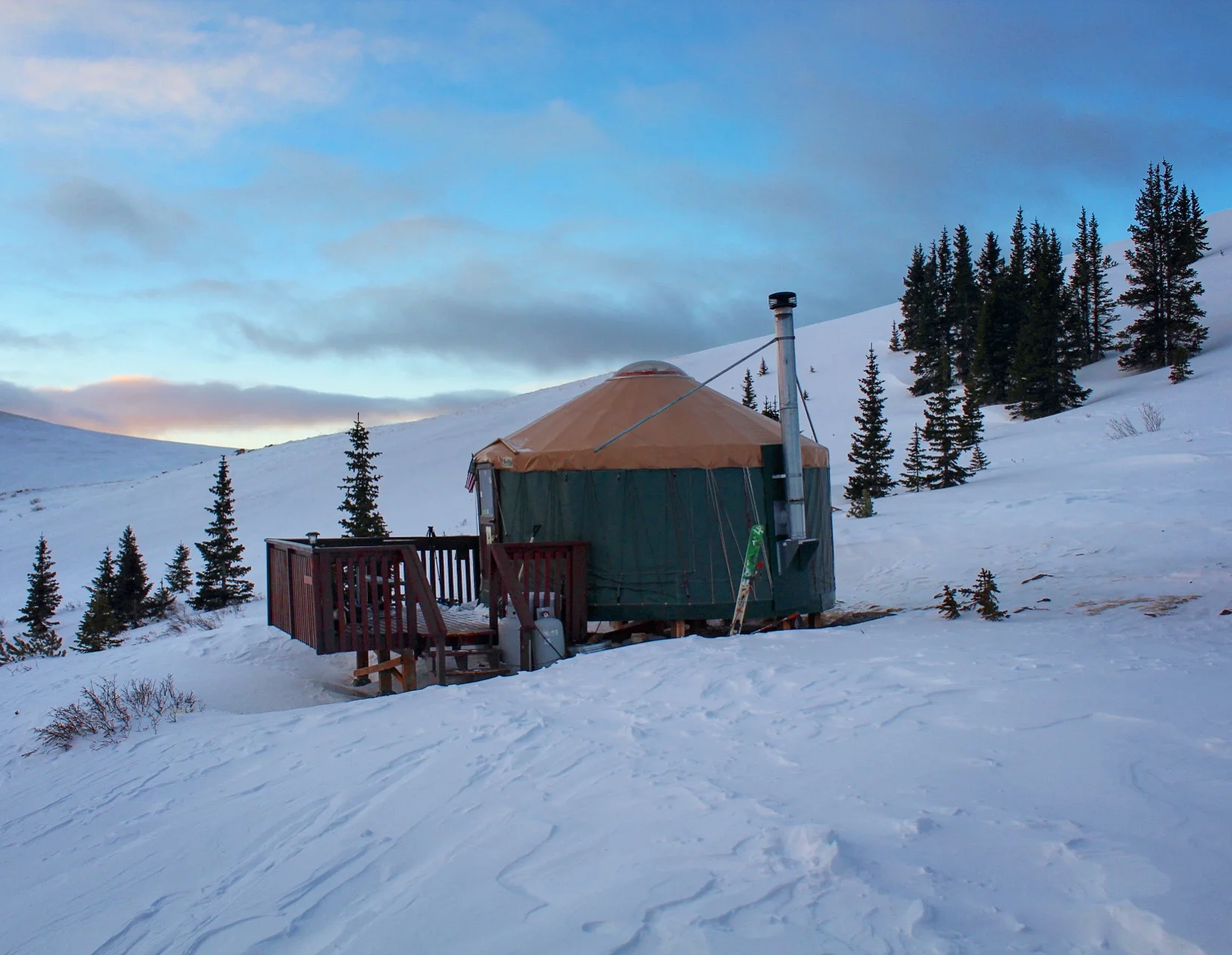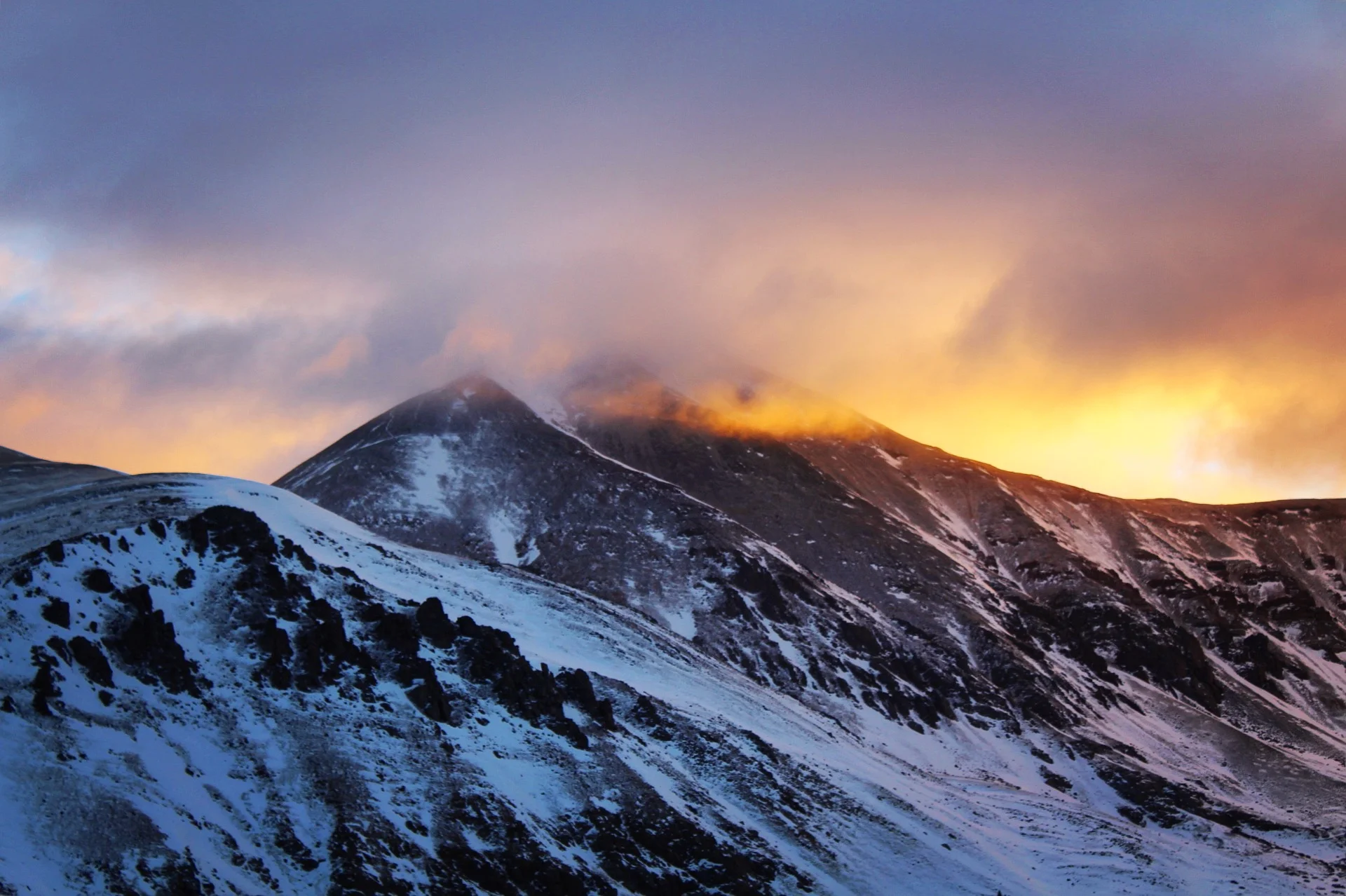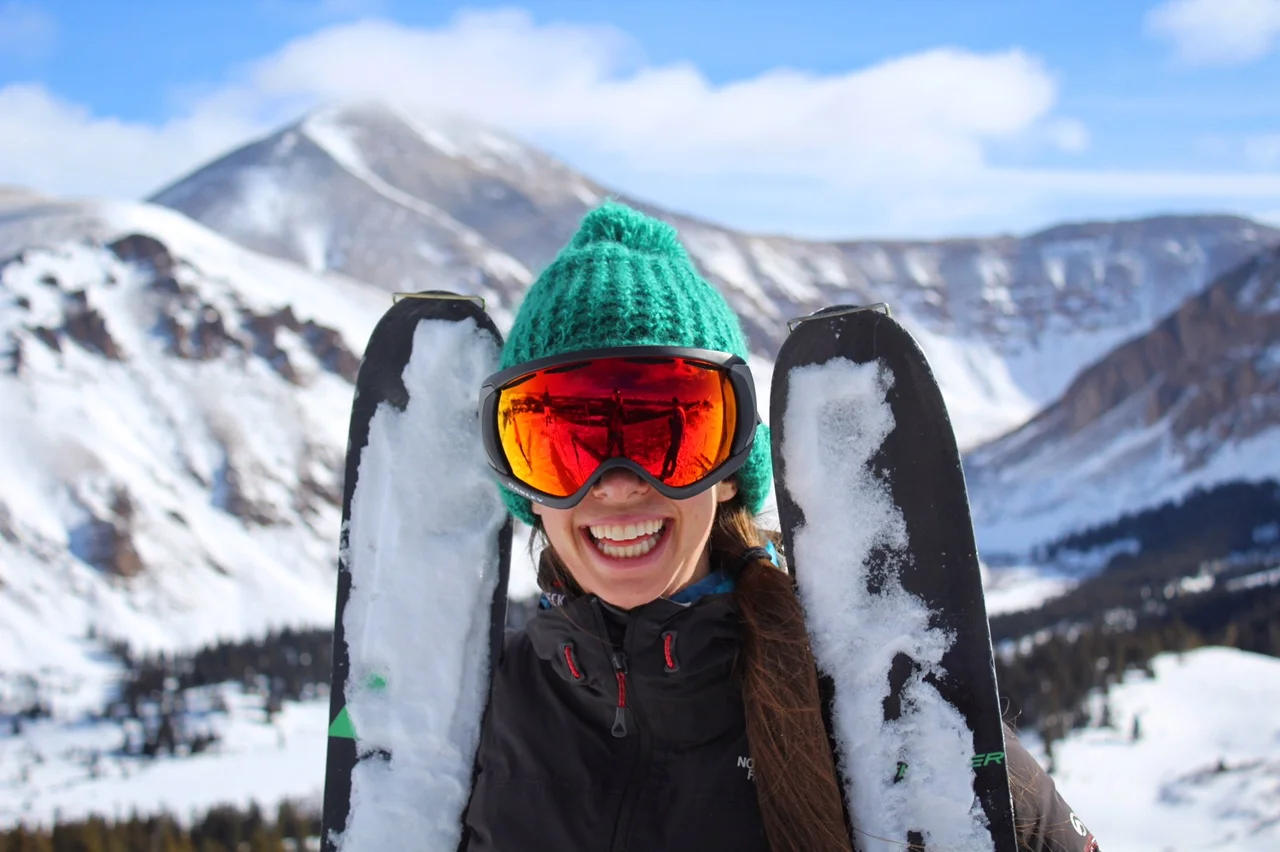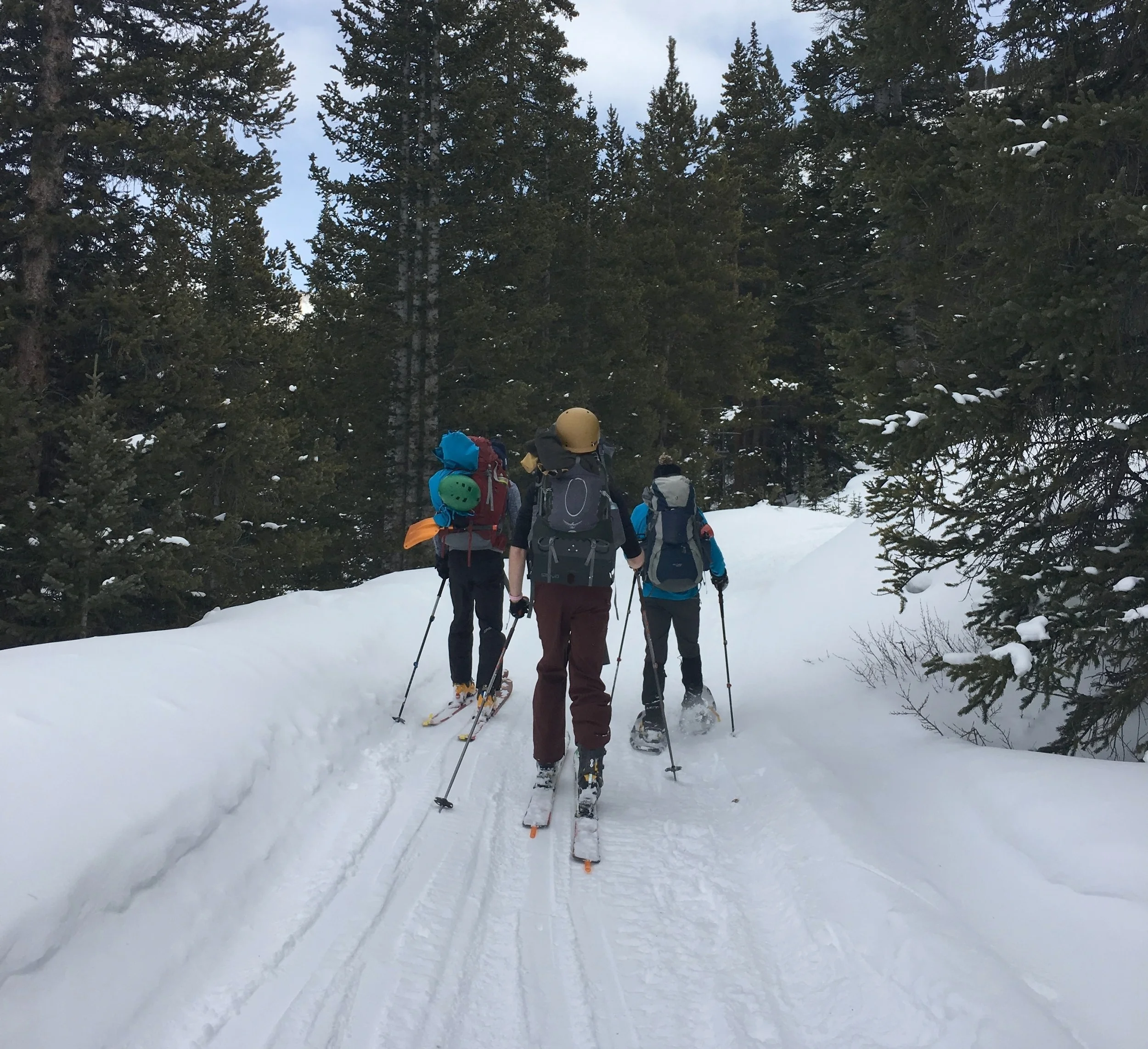Five Lessons I Learned On My First Yurt Trip
For years, I had wanted to go on a yurt trip. It all sounded so idyllic: skinning to a cozy yurt, skiing all day, sipping hot beverages by the wood-fired stove, and ogling the millions of stars at night from the quiet of the dark woods. So when some friends and I all realized we had a free weekend in January, I got to planning.
I gleaned plenty of great ideas from the web (bringing plenty of red wine was one of them), but it turns out there were a few lessons about yurt-tripping I just had to learn firsthand. Make no mistake: I’m still reminiscing about the cozy yurts and the jaw-dropping views from the trip, but when I go on another trip next season, I’ll keep the following in mind:
Make your reservations early! When I started looking at huts and yurts in mid-October, I was confident that I was getting a headstart on planning and wondered how I would possibly decide which one to pick - until two hours of frantic searching later, when I realized that there was only ONE option left within a five hour drive of Boulder that would accommodate the size of my group on a Saturday night in the middle of winter. As it happened, there were two adjacent yurts run by the same company that each accommodated five people and were available on a Saturday at the end of January - and that was it. Without hesitation, I booked them, thinking that the trek to the yurts looked very doable. Little did I realize that I’d soon learn the important lesson that…
...easy does it. Sure, seven miles and almost 2,000 feet of elevation gain might sound totally doable on paper, but once you strap that 60L pack to your back, click in to your heavy skis, and sink into the soft snow beneath you, seven miles will quickly start to feel like fourteen. Plus, any change in elevation means you have to either remove or put the skins back on your skis, which eats up precious daylight faster than you’d think. So, start with a hut trip that will be very easy for everyone in your group. Even if two miles from the car to the hut doesn’t seem like enough of a workout, remember that once you get to the hut, you can drop your cumbersome packs and spend the rest of the day exploring around the area and - if you’re on skis - discovering and lapping fun lines.
Give yourself plenty of time. Regardless of the length of your trek in, you’ll want to make sure you have ample time to not only make it to the hut before sundown, but to have time to get settled in and explore the surrounding area. Take it from someone who didn’t make it to the yurt before sundown - oops. (To be fair, we hit four hours of traffic on the way there - something we’ll factor in on the next trip!) Get to the trailhead early (8 or 9 am is a good guideline for most hut trips) so that you won’t feel rushed on the hike in. Plus, getting there early ensures that you’ll have plenty of daylight to chop firewood, get the hut nice and warm, and make dinner in time so that you can kick back and watch the sunset while enjoying a hot meal.
If you really want to enjoy your weekend off the grid, I’d recommend taking a day off work (if possible) and spending two nights at your destination so that you have a full day during which you can just ski or snowshoe in the area around the hut without having to worry about time constraints or having to schlep your heavy pack anywhere.
Test your ski or snowshoe setup before the trip. Yes, testing gear beforehand is the rule of thumb for any big adventure, but I feel that it especially rings true for hut trips, when your backpack is quite heavy, the snow is soft, and cold winter temps can make mishaps feel a bit more panicky. Case in point: had I skinned on my skis before? Yes. Had I ever skinned on them for that many miles with that heavy of a pack? Nope. And let me tell you, it felt wayyyy different than skinning and skiing a short couple of miles out my back door at home. And if anyone on your trip is using snowshoes, keep in mind that snowshoes are sized based on the user’s weight - so don’t forget to factor in that pack, otherwise you’ll have nothin’ on that soft snow.
Make sure everyone in your group knows where they’re going. Unlike summer backpacking, when there’s usually a clear trail to follow and obvious trail junctions, hut-tripping directions are often a bit more challenging to follow (e.g., “After you cross under the second set of powerlines, you’ll see a small emblem on a tree that may or may not be covered with snow. This is a critical trail junction! Make sure to take a slight left here.”) Plus, a fresh dump of snow or a bout of strong wind can completely cover your tracks in no time. We learned the hard way on our trip that all it takes is two party members who are lagging behind and having a great conversation to turn a long trek back to the car, well, a really long trek back - by taking a wrong turn. Thankfully, everyone eventually returned safely, but with minimal daylight and chilly temps during the winter, our situation could have turned into an emergency all too easily. Give everyone a map before you leave and agree on regroup points along the way before you head out.
And as a bonus tip: get festive! You’ll be spending a couple of days in the mountains in a cozy hut with good company - what’s not to celebrate? Wear silly (but functional) outfits, pack a fun card game, and bring your favorite whiskey to make some warming hot toddies. Oh - and use it as an excuse to bring chocolate. Plenty of chocolate.
Did our yurt trip go exactly as planned? No. But will I always look back on it as an awesome, empowering weekend spent in a jaw-droppingly beautiful place with great friends? Hell yes! And as soon as I can book a hut for next season, I’ll be much better prepared - and even more excited.
Disclaimer: If you decide to plan a hut or yurt trip, make sure you are well aware of avalanche conditions and have the proper gear before you set out. Know before you go - keep yourself and your friends safe.







